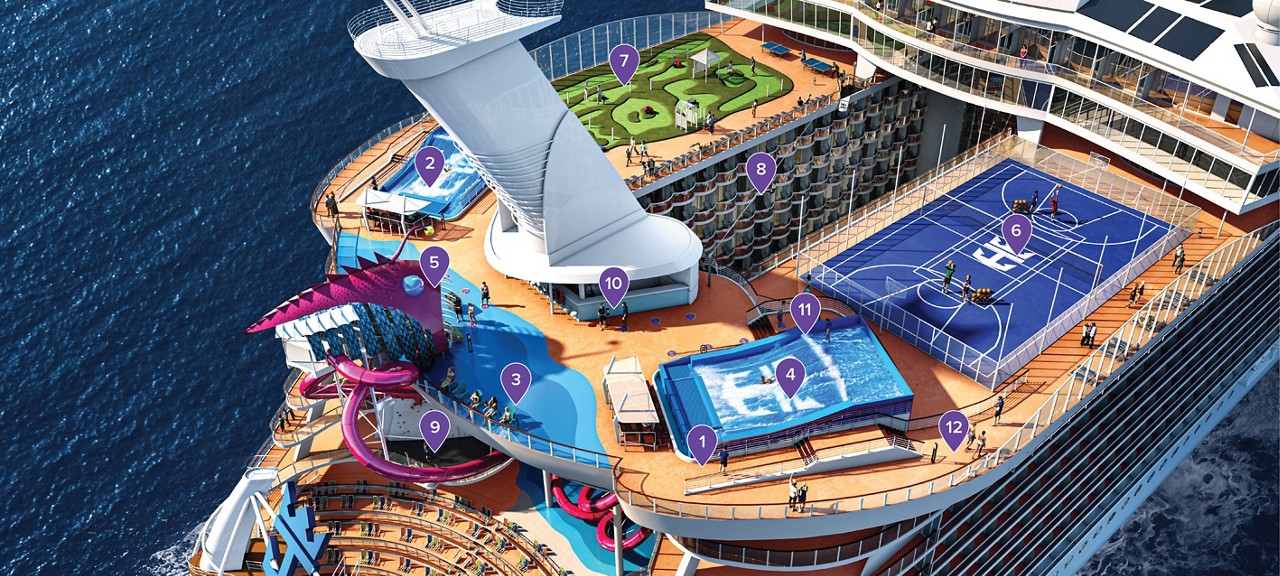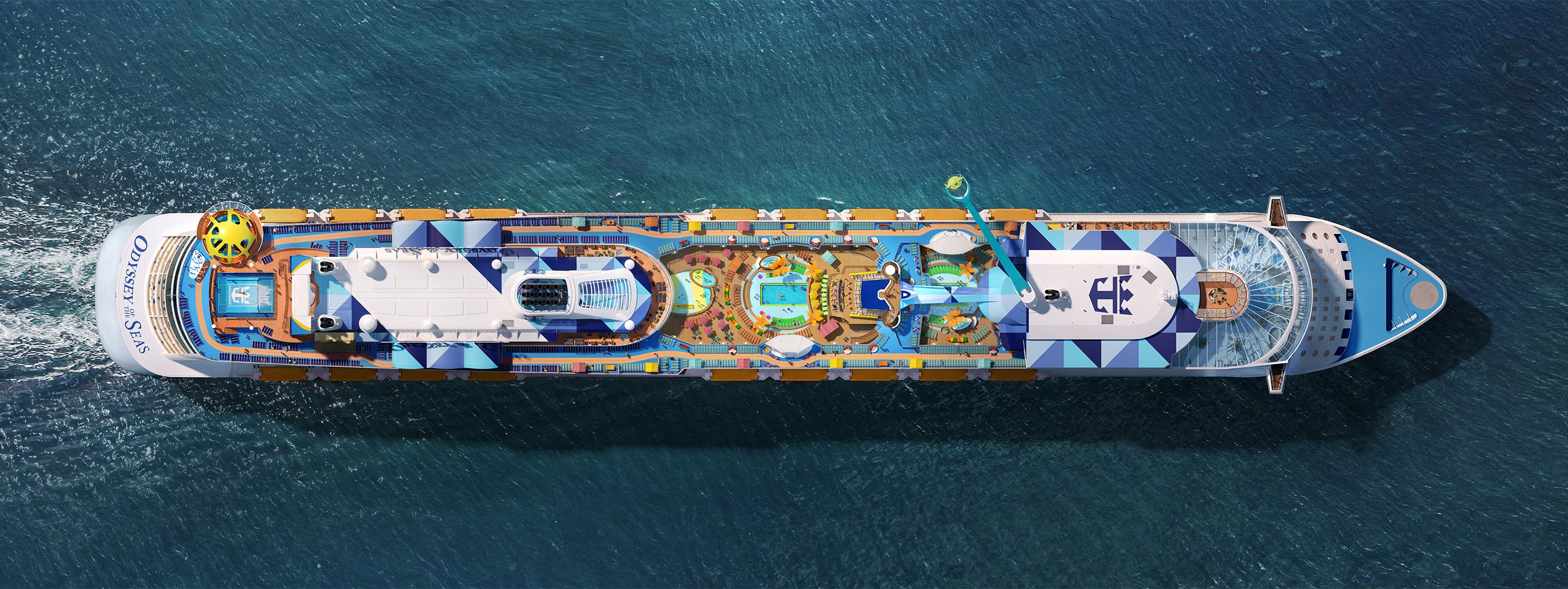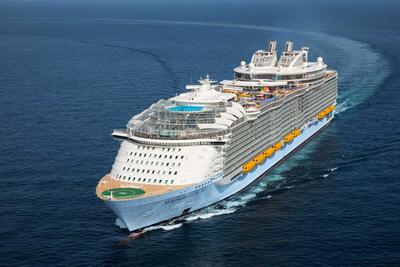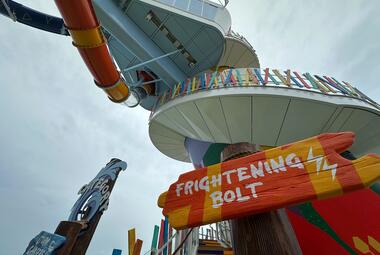Royal Caribbean Group released its third quarter 2020 results, in addition to a business update for investors to get a sense of where the company is during the shutdown.
Third quarter 2020 results
On March 13, 2020 and due to the COVID-19 pandemic, the company voluntarily suspended its global cruise operation.
The company resumed limited cruise operations outside of the U.S. in July with three vessels from TUI cruises and two vessels from Hapag Lloyd, and in September, for a limited period, with one Silversea ship.
The company reported US GAAP Net Loss for the third quarter of 2020 of $(1.3) billion or $(6.29) per share compared to US GAAP Net Income of $883.2 million or $4.20 per share in the prior year.
The company also reported Adjusted Net Loss of $(1.2) billion or $(5.62) per share for the third quarter of 2020 compared to Adjusted Net Income of $896.8 million or $4.27 per share in the prior year. The Net Loss and Adjusted Net Loss for the quarter are the result of the impact of the COVID-19 pandemic on the business.
Business Update

The company said it continues to work with government and health authorities across the globe to address the unique public health challenges posed by COVID-19 and expects to re-start its global cruise operation in a phased manner. Recently, the Company received approval to sail from the Singaporean Government.
As a result, the Quantum of the Seas, a ship from the Royal Caribbean International fleet, will resume cruising from Singapore in December 2020.
These initial cruises will most likely take place with reduced guest occupancy, modified itineraries and enhanced health protocols developed in collaboration with governments and health authorities.
Health and Safety Protocols

In June 2020, Royal Caribbean Group together with Norwegian Cruise Line Holdings formed a panel of globally recognized medical and scientific experts named the Healthy Sail Panel ("HSP").
On September 21, 2020, the HSP submitted its recommendations to the Centers for Disease Control and Prevention ("CDC") in response to a CDC request for public comment that will be used to inform future public health guidance and preventative measures relating to travel on cruise ships.
"The work of the Healthy Sail Panel has been thorough and comprehensive. We are grateful for its enormous dedication and passion, which has resulted in what has quickly become the seminal document in this arena. We are also grateful for the time the CDC and their observers have spent on this important topic with the Healthy Sail Panel," said Richard D. Fain, Chairman and CEO. "We understand the importance of getting this right and are preparing to put these plans to the test with a gradual and methodical return to service in the near future."
Update on Liquidity Actions and Ongoing Uses of Cash
Given the current environment, Royal Caribbean said it continues to prioritize and bolster its liquidity, working to ensure it is well positioned for recovery. Since the last earnings call, the Company has taken further actions to enhance its liquidity, preserve cash and obtain additional financing.
Among these latest efforts, the company highlighted a $700M increase in liquidity through a 12-month commitment for a senior guaranteed 364-day facility and an approximate $1.15 billion increase in liquidity through a combination of a convertible bond issuance and a common stock public offering.
The company estimates its cash burn to be, on average, in the range of approximately $250 million to $290 million per month during a prolonged suspension of operations.
This range includes all interest expenses, ongoing ship operating expenses, administrative expenses, hedging costs, expected necessary capital expenditures (net of committed financings in the case of newbuilds) and excludes cash refunds of customer deposits, commissions, debt obligations and cash inflows from new and existing bookings.
When the company starts returning its fleet into service, it will incur incremental spend as it brings the ships out of their various levels of layup, returns the crew to the vessels, takes the necessary steps to ensure compliance with the recommended protocols and restarts its sales and marketing activities.
"We continue to aggressively manage our spend and take opportunistic actions to bolster our financial position," said Jason T. Liberty, executive vice president and CFO. "Moreover, we are optimistic that with the gradual resumption of cruise operations, our cash flow from operations will sequentially improve, driven by an increase in the inflow of customer deposits."
As of September 30, 2020, the Company had liquidity of approximately $3.7 billion, including $3.0 billion in cash and cash equivalents and a $0.7 billion commitment from the 364-day facility, compared to $4.1 billion as of June 30, 2020. During the month of October 2020, the company raised an additional $1.15 billion through a combination of convertible notes and the public offering of common stock, further improving its liquidity position.
The total cash spend for the third quarter was approximately $1.1 billion, mainly driven by ship operating expenses, Royal Caribbean said, in a statement.
These expenses sequentially declined each month within the quarter as the fleet achieved the desired levels of layup by end of August 2020.
"Our cash burn rate for the quarter was consistent with our previously announced range when excluding cash refunds of customer deposits, commissions, debt obligations, cash inflows from new and existing bookings and fees and collateral postings related to our financing and hedging activities," the company said.
2021 Outlook & Update on Bookings

Booking activity for the first half of 2021 is aligned with the company's anticipated staggered resumption of cruises. The cumulative booked position for sailings in the second half of 2021 is within historical ranges with prices that are down slightly year-over-year when including the negative yield impact of bookings made with future cruise credits ("FCCs") and about flat when excluding them.
Royal Caribbean said since its last business update, more than 65 percent of the 2021 bookings are new and the rest are due to the redemption of FCCs and the "Lift & Shift" program.
As of September 30, 2020, the company had $1.8 billion in customer deposits of which approximately 50% are FCCs and $180 million correspond to fourth quarter 2020 sailings. Approximately 50% of the guests booked on cancelled sailings have requested cash refunds.






